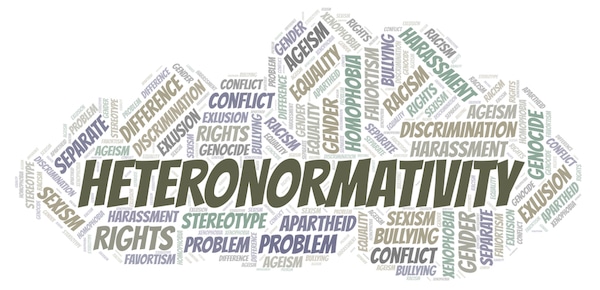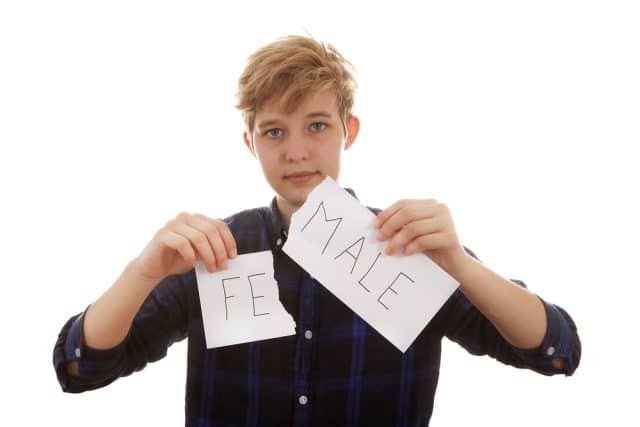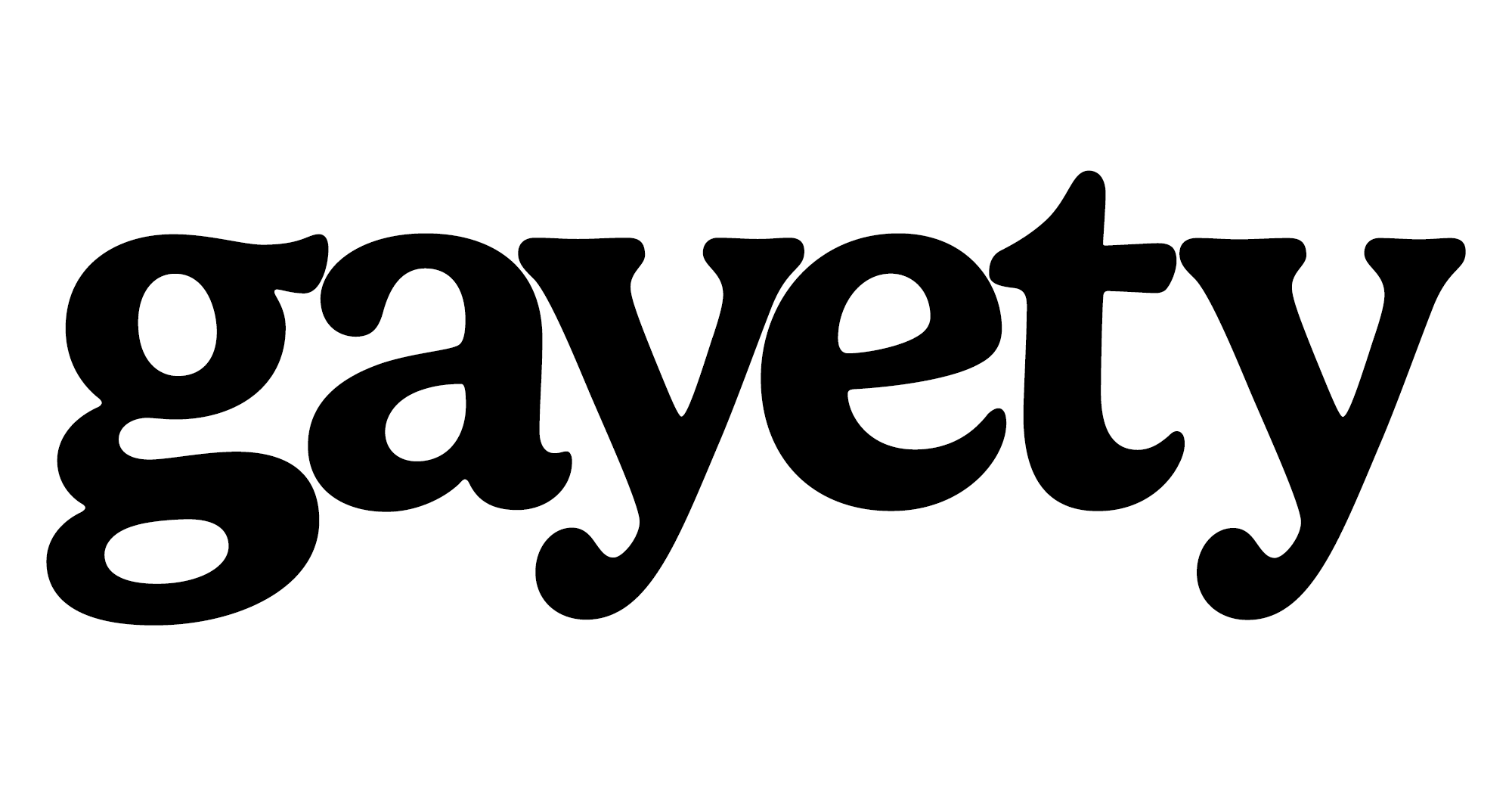If you’re like most people, the word “heteronormative” probably isn’t one that you use every day. But it’s a term that we should all be familiar with. Because it describes a particularly insidious problem that pervades our society. But what exactly does Heteronormative mean? Read on to learn more about heteronormativity and all the ways it affects a large portion of our society.
RELATED | Lil Nas X Says Industry Wants Artists to ‘Be Gay Without Being Gay’
Heteronormative: Meaning And Origin Of The Term
The “heteronormative” definition in the Merriam-Webster dictionary is “the attitude that heterosexuality is the only normal and natural expression of sexuality”.
The Oxford English Dictionary cites queer theorist Michael Warner as the first person to introduce the term “heteronormativity” in 1991 in his book Fear of a Queer Planet. In the book, Warner posits that heteronormative assumptions are embedded deep within many sociological concepts. Often unbeknownst to most people. Heteronormativity often appears alongside the term cisnormativity. This is the assumption that being cisgender—when your assigned sex aligns with your gender identity—is the norm.
Cisheteronormativity is the belief that being a masculine assigned-male-at-birth man who is only attracted to feminine assigned-female-at-birth women and vice versa is the “default”.

What Is The Significance Of The Term?
Heteronormativity as a concept helps explain the immense privilege that cisgender and straight people enjoy. Conversely, it helps explain the obstacles that LGBTQ people face in their daily lives.
When we assume heterosexuality to be the only “normal and natural” expression of sexuality, we assume that to be gay, lesbian, bisexual, or any other sexual orientation that cannot be categorized as straight means to deviate from the norm. Moreso, cisheteronormativity enforces the notion that there are only two sexes, male and female. And that these sexes have predetermined roles, functions, and purposes that must be followed.
This has not only led to stigma and discrimination of LGBTQ people but of women, too. It also puts pressure on men to fit into a narrow and toxic standard for what it means to be a man.
As a heteronormative society, we pass moral judgment on those who do not fit into the standards that heteronormativity imposes. Ultimately, forcing us to push anyone who deviates from these standards into the margins of society. And all of this isn’t just an abstract concept as well. There is enough evidence to suggest that heteronormativity ruins people’s lives. It strips people of opportunities and creates a massive disparity between cishet and LGBTQ people.
For example, according to the National Coalition for the Homeless, 20% of homeless youth in the US identify as LGBTQ. This is even though LGBTQ youths only make up 10% of the US youth population. This staggering figure can be attributed to family rejection and discrimination brought upon by notions that being queer or transgender is sinful, morally wrong, or somehow a danger to other members of the household.

Examples Of Heteronormativity At Play
Perhaps the biggest problem with heteronormativity is that it is, quite literally, everywhere. In most cultures, overarching assumptions create expectations about how people should live their lives. Here are some concrete examples of what heteronormativity looks like:
1. Cishet vs LGBTQ Representation In The Media
Think about the films and TV shows repeatedly portraying the same old love stories. Boy meets girl, they fall in love, marry, have kids, and live happily ever after. These narratives typically reinforce certain heteronormative and cisnormative roles, often stripping feminine characters of their agency.
In fact, The Guardian pointed out that many of the actresses who won Best Actress and Best Supporting Actress at the Academy Awards did so, portraying “stoic, loyal wives or partners of great and/or troubled men” – often in a biopic.
“All these characters are developed only insofar as they aid the arc of a male protagonist, with nary a scene or story strand to call their own,” writes Guy Lodge for The Guardian. “That may seem part and parcel of a supporting actor’s function, though comparatively rare is the man who has been celebrated for playing second fiddle to his onscreen wife.”
Most mainstream films and TV shows leave out LGBTQ people altogether. Relegating any exceptions to the background. Or used for comic relief, or sanitized to the point where they lose their sexuality entirely Consider how two recent biopics about queer icons like Freddie Mercury and Elton John rarely portrayed the artists having sex or maintaining a queer relationship. More often than not, writers quickly kill off queer characters who do enjoy on-screen romances. This trend is so pervasive it even has a name: “Bury Your Gays”.

2. Monogamy And Marriage
Monogamy is inherently heteronormative. The institution of marriage started as a means of forming strategic alliances between the wealthy. And, for centuries, women had no say in whom they were to marry. Their fathers decided for them, treating them as mere gifts or items to trade for a better standing in society.
Until recently, heteronormative assumptions of your “place” in our society dictated how you acted. They dictate the rights afforded to you in marriage. Until 1974, most banks wouldn’t even allow women to get their own credit cards without their husbands’ permission.

3. Non-consensual Medical Interventions On Intersex Children
Cisheteronormativity perpetuates the belief that one’s gender identity should correspond to their assigned sex. To be ambiguous in any sense would be to deviate from the norm.
As such, many parents of intersex children—children who are “born with sex characteristics that do not fit typical binary notions of male or female bodies”—make their kids go through non-consensual procedures. These medical interventions attempt to “correct” children’s anatomy to appear more “normal”. Or at least in the way that we typically understand binary anatomy.
However, intersex advocates say that these procedures are often medically unnecessary. In fact, they can be incredibly damaging to an intersex person’s overall well-being and sense of self. Irreversible procedures like these do not always require the consent of the child. And many children whose gender identity does not match the sex chosen for them by their parents may grow up thinking there is something “wrong” with them.

The Bottom Line
Heteronormativity is like an invisible force that influences who we date, who we find attractive, how we express our gender, and what our parents and institutions expect from us. But this pervasive problem has proven to be damaging and limiting for everyone, including those who identify as heterosexual.
By becoming more aware of what heteronormativity is and how it manifests in our lives, we can work together to dismantle this system that benefits no one.


